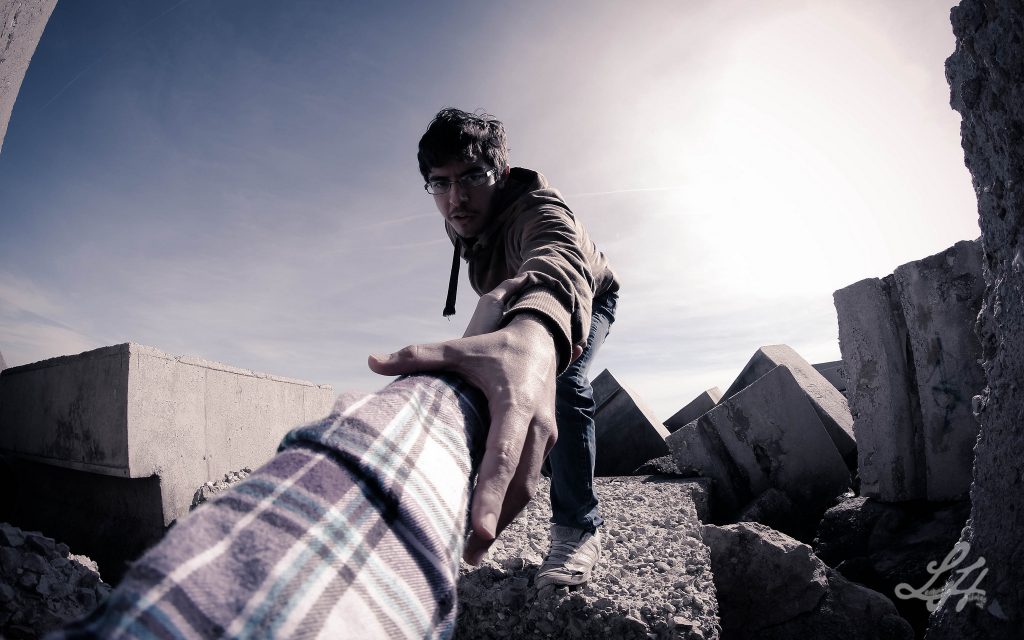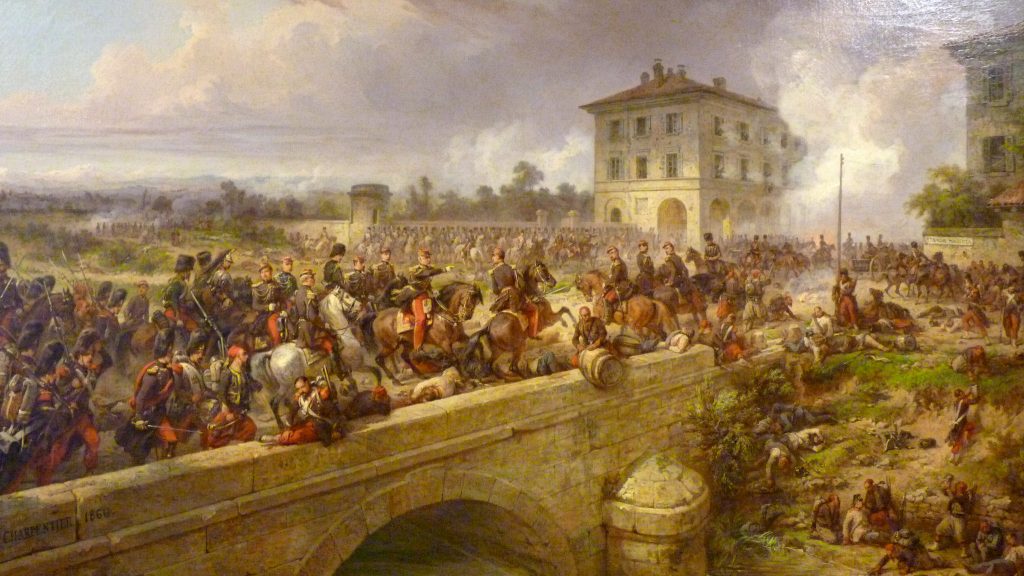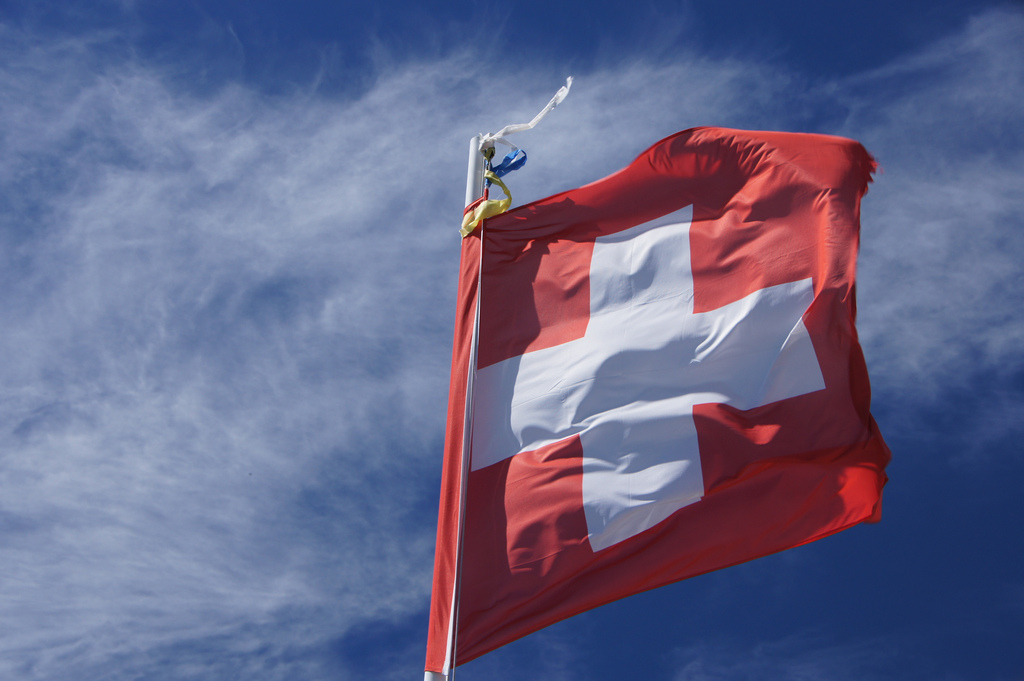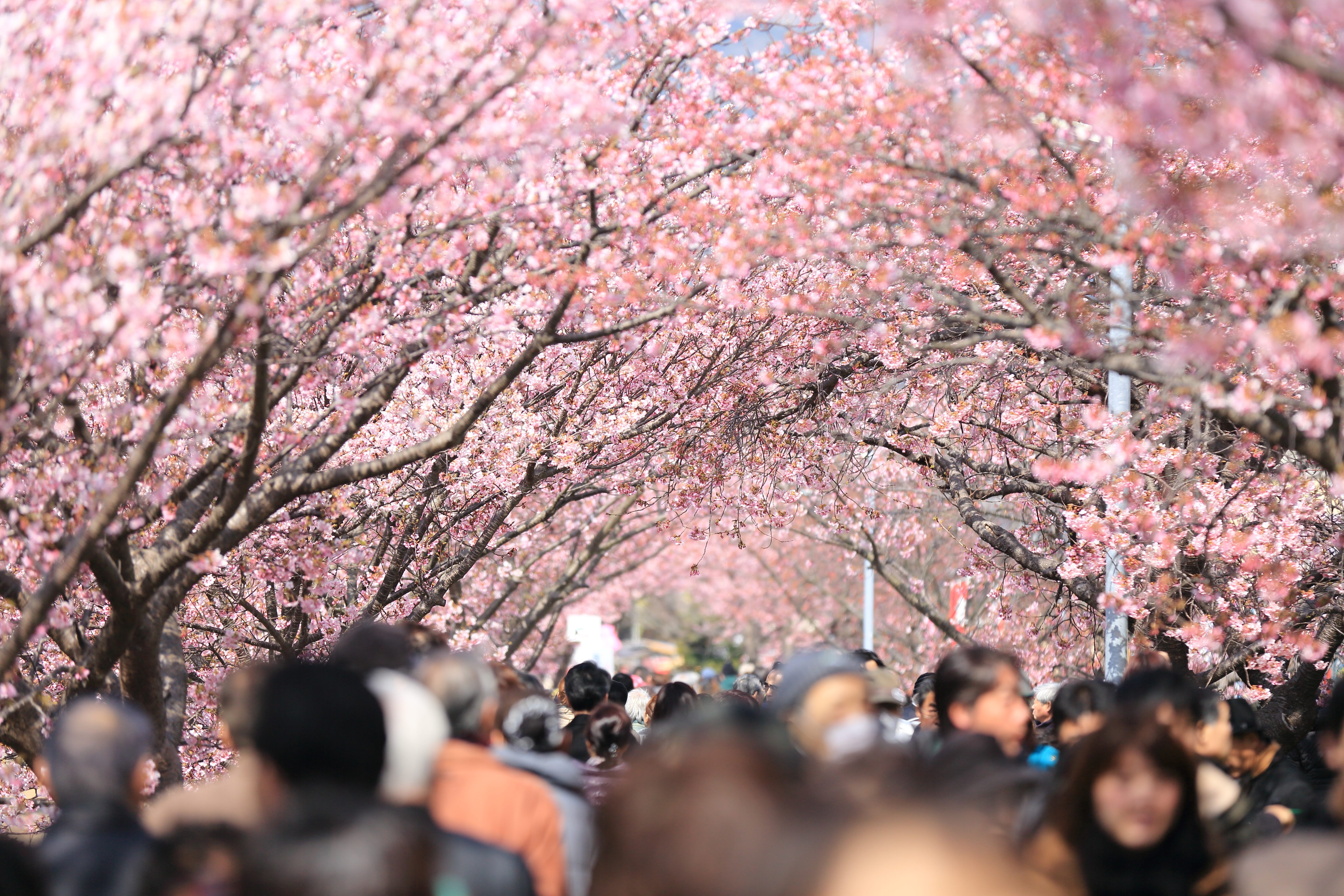The 19 August is World Humanitarian Day. In celebration of this day, we look at what humanitarianism is and why it is important for human rights.
The History of World Humanitarian Day
On 19 August 2003, 22 people were killed when the United Nations Headquarters in Baghdad was bombed. All the victims were humanitarian workers. In the wake of this tragedy, ambassadors from around the world drafted a UN resolution to strengthen humanitarian coordination, marking 19 August as a day to honour and celebrate humanitarian workers.
What is humanitarianism?

Humanitarianism is about the welfare of human beings. Humanitarian action aims to save lives, alleviate suffering and maintain human dignity in the aftermath of man-made and natural disasters. In 2014, 107 million people were affected by conflict, technological disasters, like plane crashes and industrial accidents, and environmental disasters, like floods and earthquakes. With the help of an international humanitarian system, the suffering of people affected by disasters can be reduced and their dignity can be protected.
A little bit of history……..

In 1859 a Swiss business man, Henry Dunant, was travelling to Italy and came across the Battle of Solferino. Shocked by the carnage, Dunant pulled together a group of volunteers to treat and care for the victims on both sides of the conflict. Four years later, the International Committee of the Red Cross (the ICRC) was created. Today it is the largest humanitarian organisation in the world.
The principles for how humanitarian assistance should be conducted are aligned with the fundamental principles of the ICRC:
- Humanity – to protect life and health and ensure respect for the human being
- Impartiality – to act without discrimination
- Neutrality – to act without favouring a side in conflict
- Independence – to remain autonomous despite acting as an auxiliary to government
Three ways that humanitarianism links with human rights
- Caring for humanity

The central theme of humanitarianism and human rights protections is to preserve dignity and humanity. Both are applied indiscriminately and are based on equal treatment. For example in 2015, the United Nations Office of the Coordination of Humanitarian Affairs (OCHA) helped 13.5 million Syrians who were displaced because of conflict. It helped with their safe transport out of the country where they faced persecution and by advocating for their protection. Humanitarian assistance happens in the UK as well; the British Red Cross helped 15,914 people in the UK because of flooding, fires, and power cuts, by providing warm beds and fresh clothes.
- A truly neutral approach

There are some important differences between humanitarianism and human rights protections. The human rights agenda is concerned with justice and bringing perpetrators of abuse to justice. The humanitarian agenda is less concerned with justice. Their intention is to take care of the sick and wounded, rather than to identify injustice. Over the last couple of decades, however, there has been a shift with humanitarian organisations advocating from a rights-based perspective. A main drive for this shift is the realisation that to alleviate future human suffering, root causes have to be identified.
- Human rights in armed conflict

At the time that the ICRC was created, the Geneva Conventions were drafted, initiated by Henry Dunant. These conventions, along with other international treaties, make up International Humanitarian Law (IHL). IHL is the law that regulates armed conflict, and it works to complement international human rights law during these times. Specifically, IHL protects civilians and those that are no longer taking part in the conflict, like wounded soldiers. It also sets out limits to weaponry, like the banned use of chemical weapons. Both IHL and human rights legal frameworks are concerned with protecting human dignity and making conflict as humane as possible.
To learn more about human rights and displacement see our explainer on World Refugee Day here. To learn about the relationship between war and human rights, read our explainers here and here. Subscribe to RightsInfo for more human rights news, views and information.







